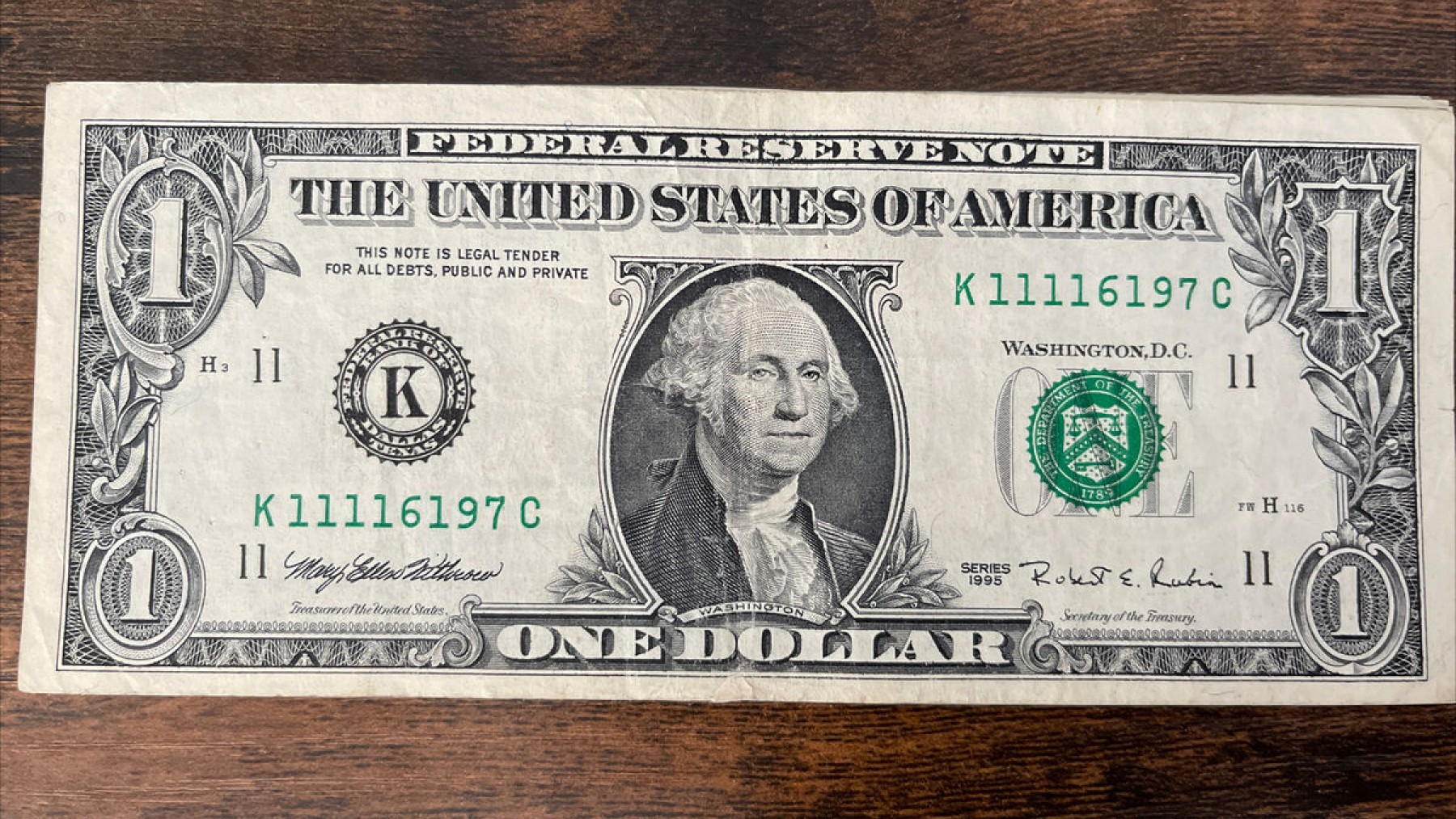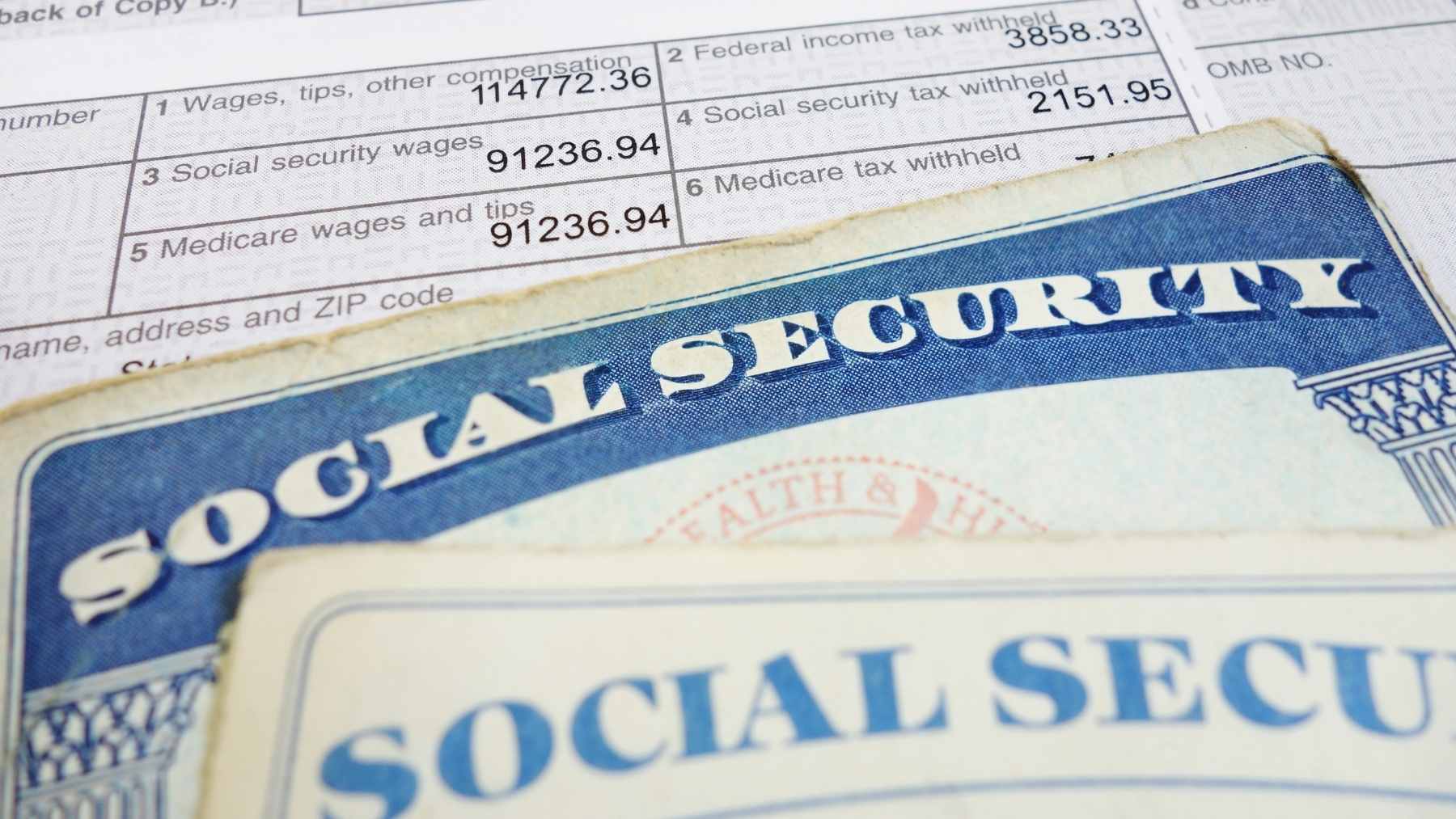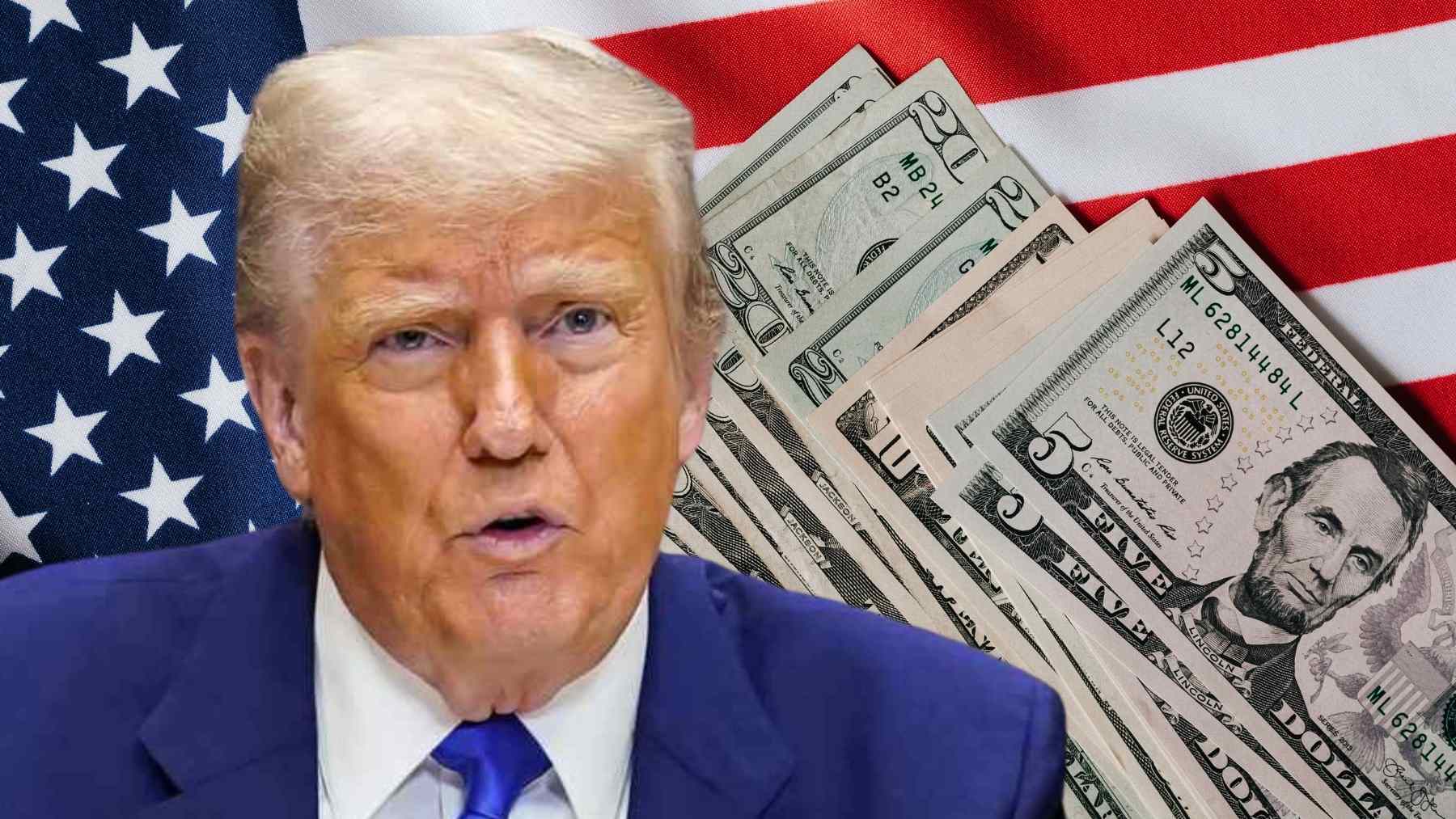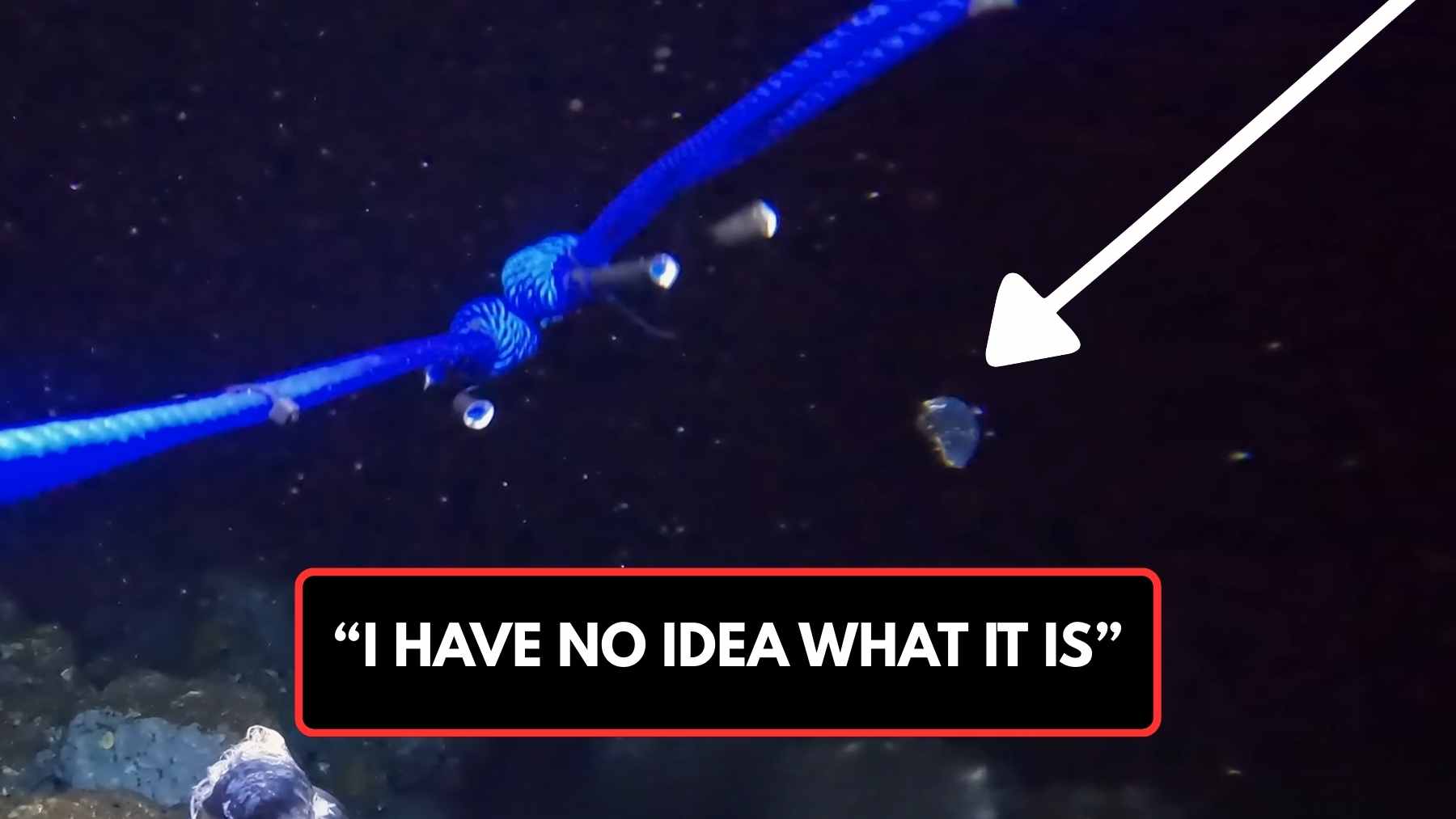Dollar bills have consistently gone through updates to increase security. As of October this year, new parameters were introduced stipulating what cash will be accepted at major retailors, banks, and ATMS. As we head into the final month of November and families begin preparing for the upcoming festive season, you may need to ensure that your cash is up to scratch with new standards set by the U.S. government.
Increasing dollar bill security
The biggest reason why cash gets updated with increased security is to prevent counterfeit bills from being created. In recent years, the U.S. dollar bill has undergone significant redesigns and enhancements to increase its security to combat counterfeiting. The U.S. Treasury and the Federal Reserve have introduced advanced security features such as enhanced watermarks, color-shifting inks, and security threads that are embedded into the paper to make it much harder to replicate. Newer bills also include microprinting, raised printing, and subtle colors that are difficult to duplicate without specialized equipment.
Although advances in security features and anti-counterfeiting technologies have made it more difficult to produce convincing fake bills, counterfeiters continue to find new methods to replicate U.S. currency. The widespread availability of high-quality printers, along with sophisticated techniques to mimic security features, means that fake bills still circulate, often going undetected by businesses, consumers, and even banks. The United States Department of Treasury estimates that there is between $70 million to $200 million in counterfeit bills in circulation at any given time.
New parameters to combat counterfeiting
As we enter into the final few weeks of 2024, certain dollar bills will no longer be accepted. These new regulations are tightening stricter measures with regards to damaged bills. Walmart, Target, and Dollar Tree have already begun implementing these new measures. The following damage to cash will not be accepted or exchanged at major retailers, banks, and ATMS:
- Mutilated banks notes with tears or missing corners
- Bills which have become significantly distorted or damaged where it become difficult to determine their authenticity. This could be from through water damage or from being burnt as an example.
These new regulations come from a collaborative effort between the U.S government, the Bureau of Engraving, the Secret Service, and the Advanced Counterfeit Deterrence (ACD) Steering Committee.
New upgrades to currency are also to be expected
In addition to these new security measures, within the next coming years, there will be new changes made to the currency. The new currency is set to debut in staggered batches as follows:
- 2028: A brand-new design for the USD 50 bill.
- 2030: An updated version of the USD 20 bill.
- 2032-2035: Introduction of a new design for the USD 5 bill.
- 2034-2038: Redesign of the USD 100 bill.
By introducing new designs gradually, authorities can give businesses, financial institutions, and the public time to familiarize themselves with the new features and incorporate them into everyday transactions. Additionally, staggered releases help manage the production and distribution of new bills. It’s a large undertaking to print, package, and distribute billions of banknotes across the country, so rolling out new designs in batches makes the process more manageable. This also helps to reduce costs and avoid waste as older bills can still be used alongside the new ones until they are gradually replaced due to wear and tear.
If you find yourself with a mutilated bill which will not be accepted or exchanged, you will need to contact the Bureau of Engraving and Printing directly. From there, you will need to file a mutilated currency claim. “The BEP will evaluate the note. They have special tools to examine the authenticity and assess the full value of the note. After they do that, they can issue a check back to the consumer,” a Fed currency representative explains.












